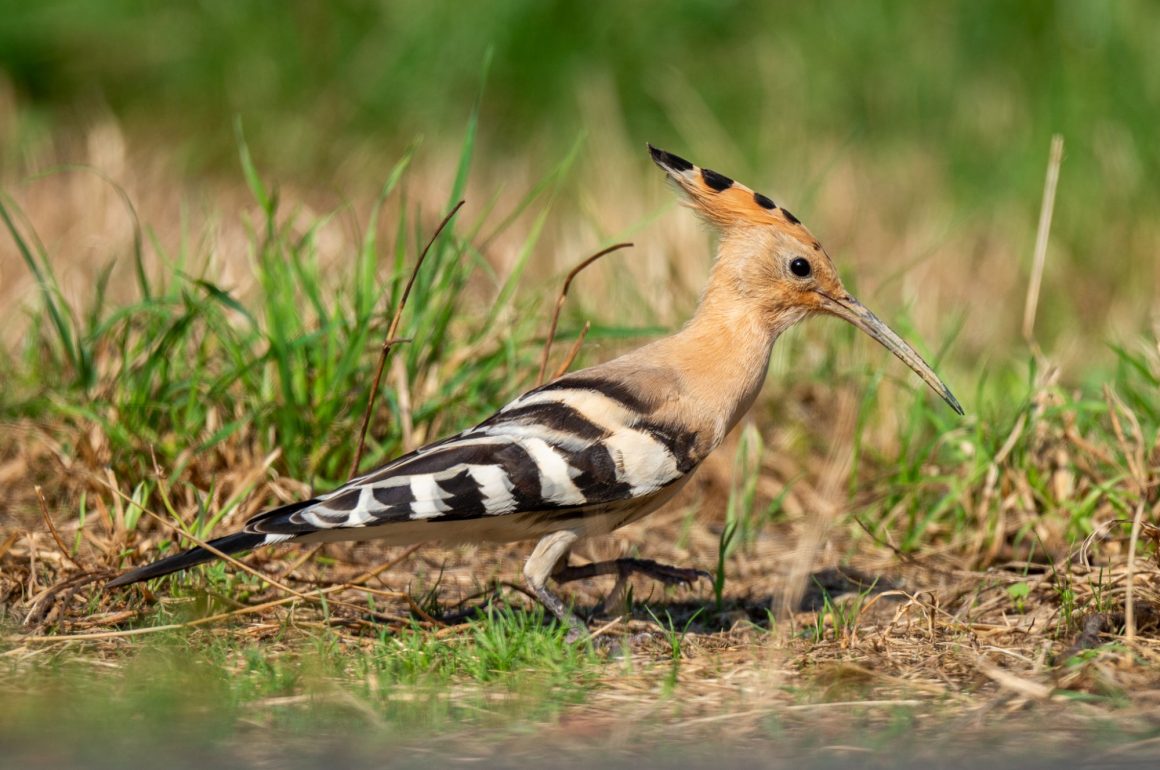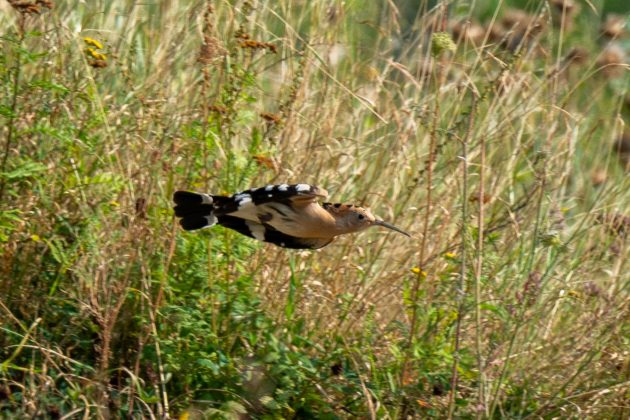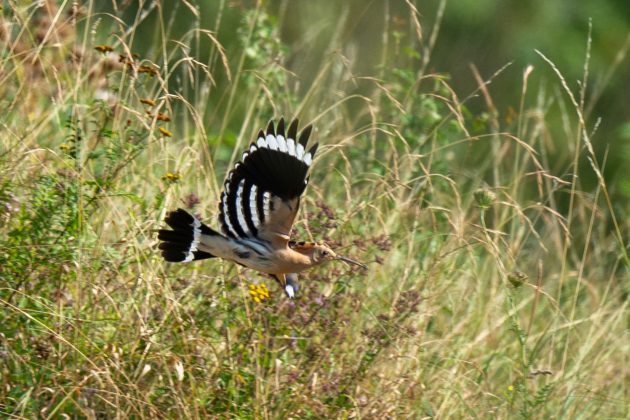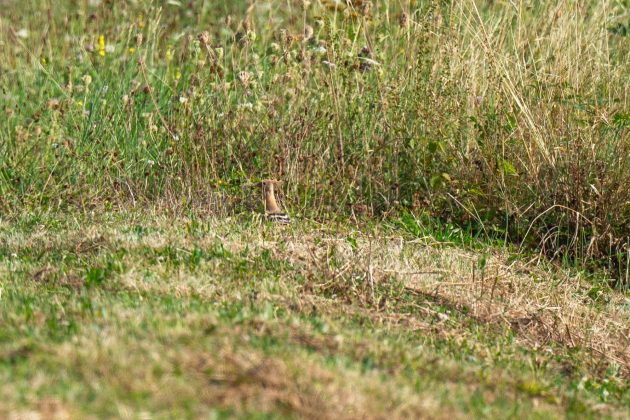
After having had a summer with a rich set of different birding experiences – from Rock Ptarmigan in the Alps to scoping out Little Bustards in a steppe in southern France – it was quite a contrast to get back to Bonn in Germany for work and suddenly having my bird sightings reduced to my cycle rides to and from work. Preparing various applications for my planned masters degrees in the upcoming year meant that my weekends and evenings after work were also spent in front of a screen (yes, I’m that nerdy). The upside of this was that the few bird sightings I had at this time were all the more enjoyable.
One afternoon, my father flushed a Eurasian Hoopoe that was foraging along the path in the vineyards on the other side of the Rhine River from our home. This bird is not a species that usually occurs in the area, and is a great bird to see even in the South of Germany. I am not sure whether this bird was on passage from somewhere further north or a reverse migrant – a phenomenon in which birds migrate in the opposite direction than normal, probably due to an error in their internal compass orientation.
I was very excited to hear this not only because of the rarity of the sighting, but also because I really love hoopoes. We used to have this species (back then the African Hoopoe, which has since been lumped with the Eurasian Hoopoe) in our garden in South Africa in the winter. Their comical crest aside, I always enjoyed their frantic probing of the ground with their needle-like bill. We experienced a downpour of rain on the day after my father’s sighting however, so I expected the hoopoe to have departed by the time I was available. As some activity seemed to be a good break from motivation letter writing either way though, I decided to just check out the place two days later.
Fortunately, the bird was still there. I first watched it from a distance before it was flushed by two hikers, but it subsequently landed on an exposed fence, giving me excellent views. It was also fun to watch in the air, not only because of the contrasting wing pattern but also its bouncy flight.


One funny thing I had noticed about hoopoes in South Africa is that they are relatively shy when they observe their surroundings between rapid bursts of probing the ground, but they don’t really notice anything going on around them while they are busy pecking. I used this to my advantage to crawl up to a small bush as it was probing the ground, and eventually was awarded with the bird striding past me just three meters away, oblivious to my presence. I got some nice photos this way (including this post’s featured image.
Despite their remarkable pattern, the bird was surprisingly well camouflaged even in the short grass. I realised this when I first spotted the bird, noticing it only because it was hastily hopping around.

This was a lovely sighting and the fact that it was so unexpected made this a very refreshing change to the usual birds I come across in our area. The vineyards in this area often produce something good, ranging from the local Rock Buntings to the Wallcreeper last winter. While I was there this time, several Tree Pipits were calling above and alighted in the trees above the vineyards, probably a short stop before they would start migrating South in earnest.











A hoopoe a day keeps the doctor away. Nice sighting that far north. Congratulations.
The hoopoe is actually increasing in Germany, particularly on former military training grounds in eastern Germany.
Rolf Nessing, http://www.birdingBerlin.com